In recent years, the bird's nest farming activity in the province has developed strongly due to simple techniques, low investment capital, low labor costs and high economic efficiency. However, besides the advantages, bird's nest farming has many potential risks and affects the landscape, environment and people's lives.
Swallow house in Minh Tan commune, Dau Tieng district
Spontaneous
Up to now, there are over 700 birdhouses in the province, with an estimated floor area of 167,00m2 and a total flock of over 400,000 birds. Most of the birdhouses are concentrated in Dau Tieng, Phu Giao and Bau Bang districts, while the rest are scattered throughout districts, towns, urban areas and concentrated residential areas.
Ms. Vu Thi Tuat, a good farmer and businesswoman in Long Tan commune, Dau Tieng district, said that raising swiftlets mainly only requires investment in building a house and quality food, then the birds will attract themselves. Long-term, experienced households with large birdhouses can easily harvest several kilograms of raw bird's nests or more each month. With the current high market price of raw bird's nests, from 20 to 30 million VND/kg, the profits are not small. However, the most difficult thing when raising swiftlets is to pay attention to environmental and sound issues so as not to affect surrounding residents.
It can be said that this is truly an industry that brings many economic benefits. However, besides the advantages, the massive raising of swiftlets as in the past has affected the landscape, environment and people's lives, potentially causing the risk of spreading avian influenza, especially strains of avian influenza that can be transmitted to humans. Swiftlet houses are often combined with houses and other civil works in residential areas, affecting people's lives, especially the noise emitted from speakers to attract swiftlets.
According to the provincial Department of Animal Husbandry, Veterinary and Fisheries, the potential and prospects for developing the bird's nest farming industry in the province are very large. Many areas in the province have quite good microclimates, natural streams and fields, favorable for the development of insects, creating the main source of food for the birds. However, for households without experience but massively investing in the trend can easily lead to the risk of bankruptcy.
Effective planning and management
The livestock industry in the province has developed rapidly in recent years, contributing significantly to the socio-economic development. However, there are still many small-scale livestock households and some livestock farms located in the inner city, towns, and residential areas, causing environmental pollution. In particular, the raising of swiftlets has been developing spontaneously, leading to environmental pollution, causing disease risks and noise affecting the lives of the community, but the government has not yet managed it closely, and regulations on management are still limited.
Based on the reality and the content of the Law on Animal Husbandry, the Provincial People's Council issued Resolution No. 11/2020/NQ-HDND stipulating areas within the inner city of cities, towns, townships, and residential areas where animal husbandry is not allowed; support policies for relocating livestock facilities out of areas where animal husbandry is not allowed; areas for raising swiftlets. At the same time, to strengthen management, the Provincial People's Committee also issued 2 directives to strengthen the management of bird nest farming activities in the province.
Ms. Huynh Thi Kim Chau, Head of the Department of Livestock and Aquaculture Management - Department of Animal Husbandry, Veterinary and Aquaculture of the province, said that since Resolution No. 11 of the Provincial People's Council took effect from January 1, 2021, in addition to implementing Decree No. 13 of the Government on detailed guidance on the Law on Animal Husbandry and Decree No. 14 of the Government on regulations on administrative sanctions for violations in animal husbandry, up to now, through inspection and review, the department has not received any feedback from organizations and individuals with bird nest farming facilities about difficulties in complying with the provisions of Resolution No. 11.
In addition, the provincial Department of Animal Husbandry, Veterinary and Fisheries has strengthened the propaganda and mobilization of some key contents. Only develop new facilities for raising swiftlets in the swiftlet farming area, according to regulations, which is an area outside the area where breeding is not allowed (except for the agricultural land planning area along the Saigon River and Thi Tinh River in the 3 communes of An Dien, Phu An, An Tay in Ben Cat Town) and the swiftlet house is at least 300m away from residential areas. Swiftlet houses and equipment used for swiftlet farming must ensure that they are suitable for the habits of swiftlets.
In case the birdhouse has been operating before the effective date of Resolution No. 11/2020/NQ-HDND but does not meet the provisions of Article 3 of this Resolution, it must remain in its current state, must not be expanded, and the birdhouse is located in a residential area, and the birdhouse is less than 300m from a residential area and must not use loudspeakers to broadcast sound. There must be sufficient water sources to ensure quality for birdhouse farming activities, and environmental protection measures must be taken according to the provisions of the law on environmental protection. There must be records and archives of information on birdhouse farming activities, preliminary processing, and preservation of birdhouse nests to ensure traceability of the origin of birdhouse products. Do not hunt or lure birdhouses for purposes other than birdhouse exploitation and scientific research.
Most of the houses for raising and attracting swiftlets spontaneously follow the model of combining residential housing on the lower floors and swiftlet farming on the upper floors. In fact, many households raising swiftlets try to circumvent regulations by applying for a permit to build a house, but after the construction is completed, they put it into a house to raise swiftlets. However, the arbitrary construction of a house to raise swiftlets in residential areas or the renovation, expansion, and conversion of the function of a house into a house to raise swiftlets creates many problems in management.
PHUONG DIALOGUE
Source link


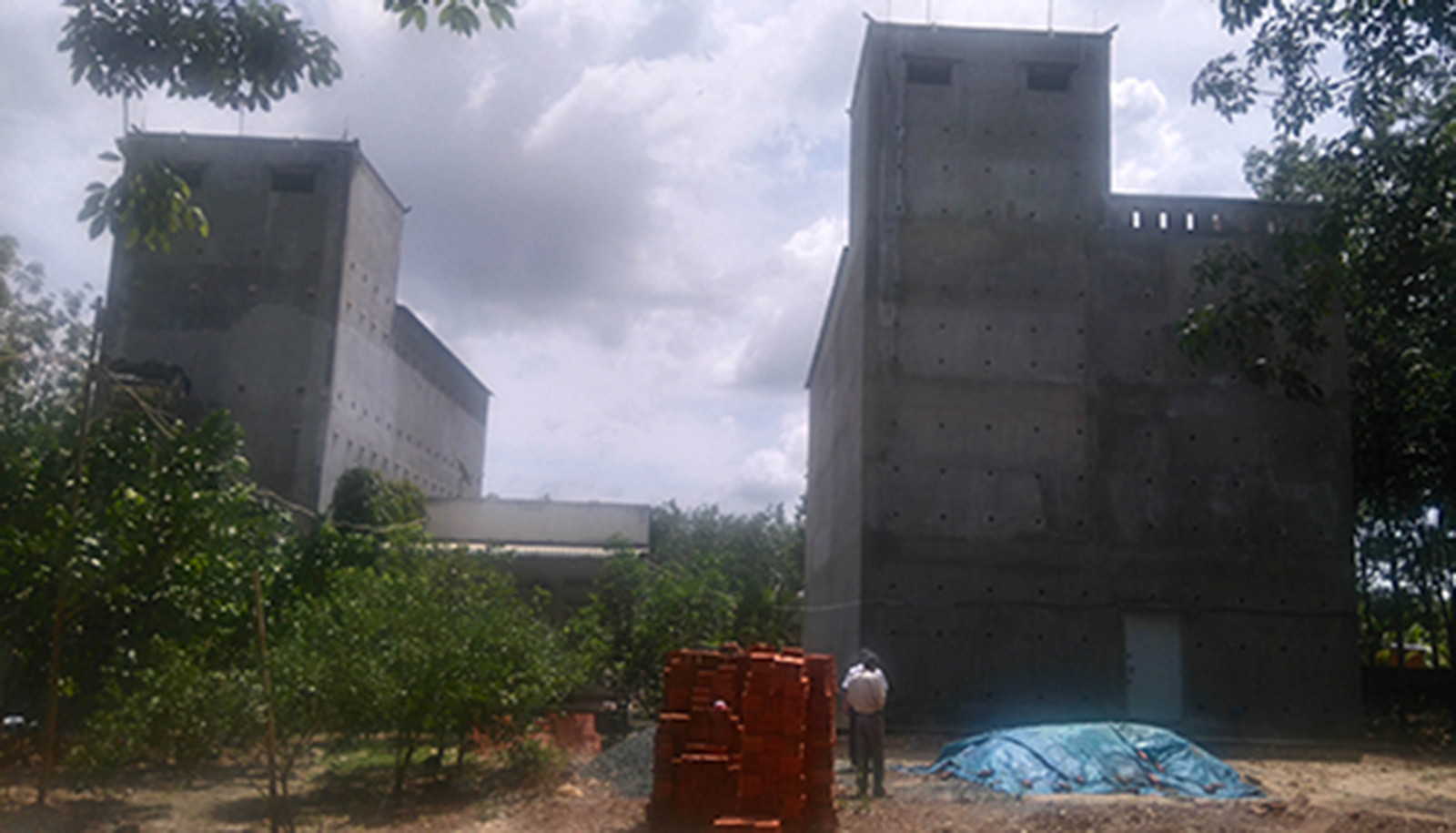

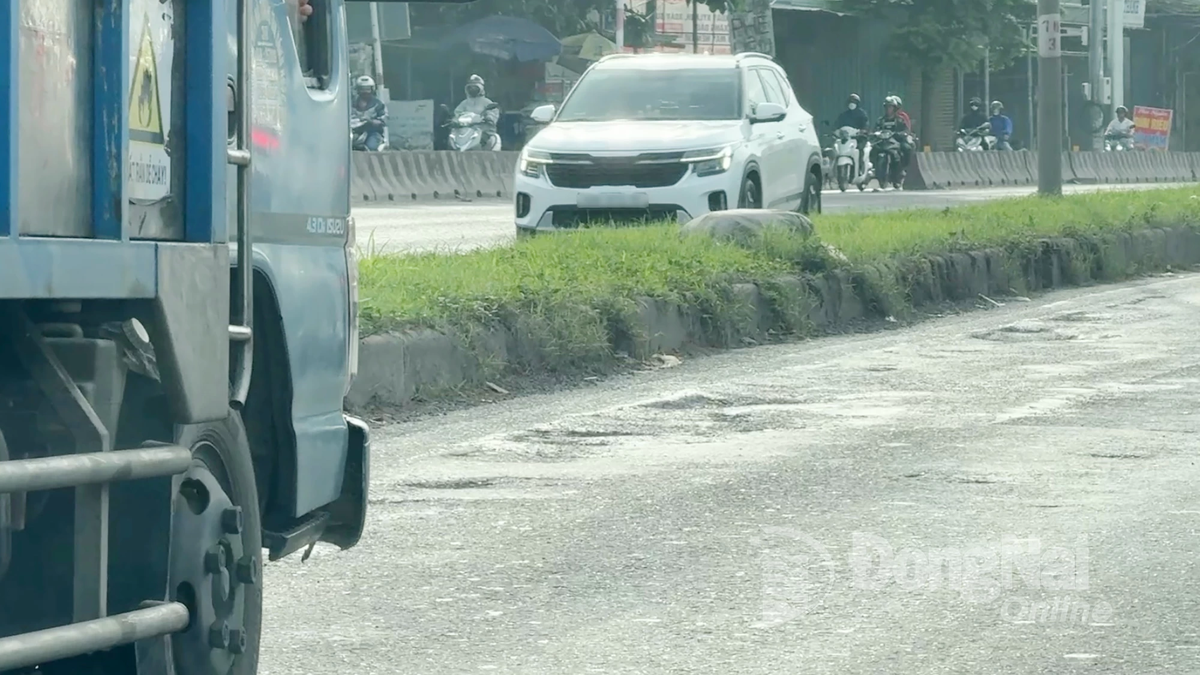

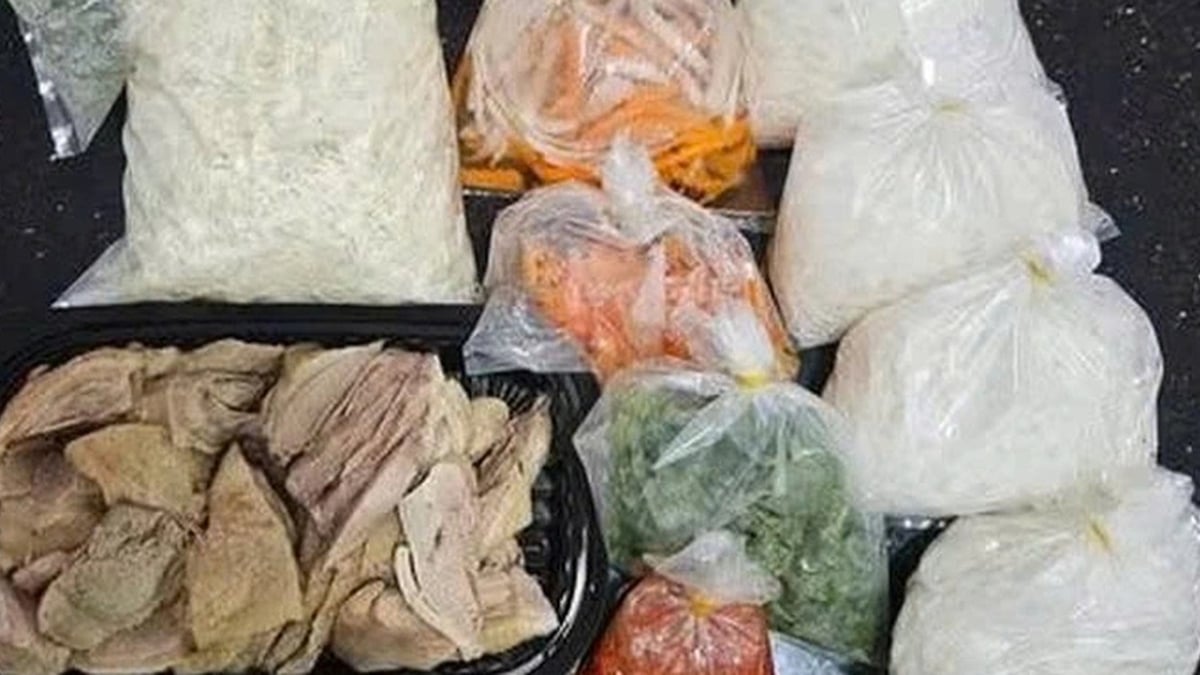



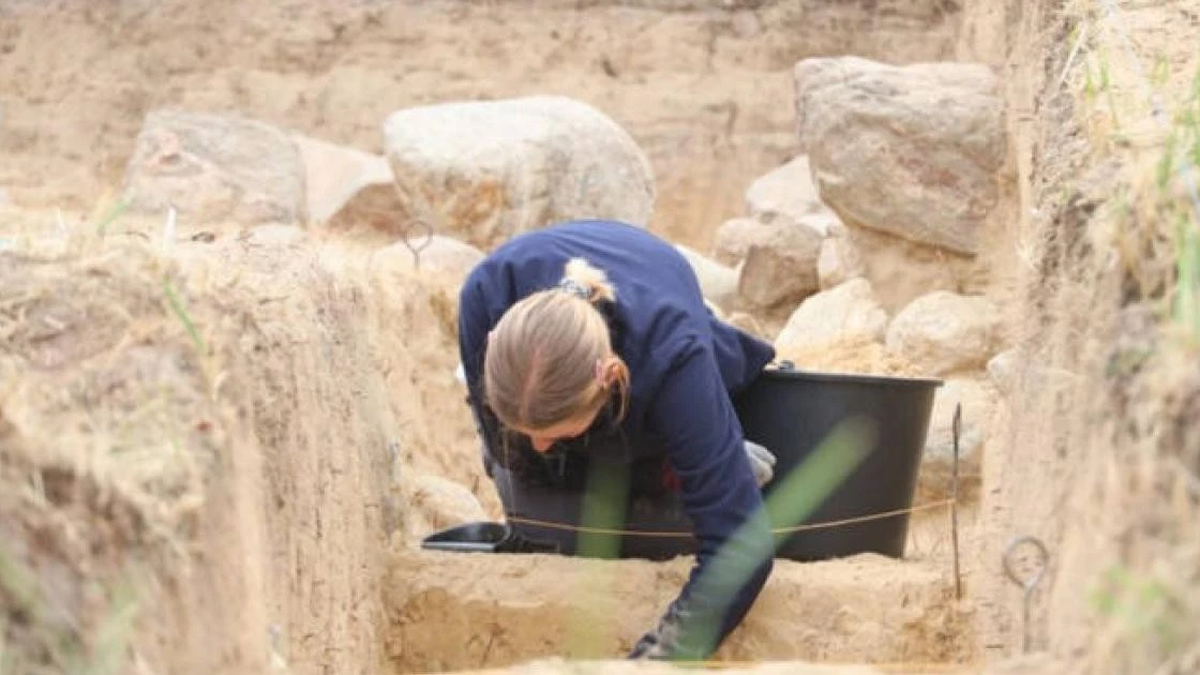
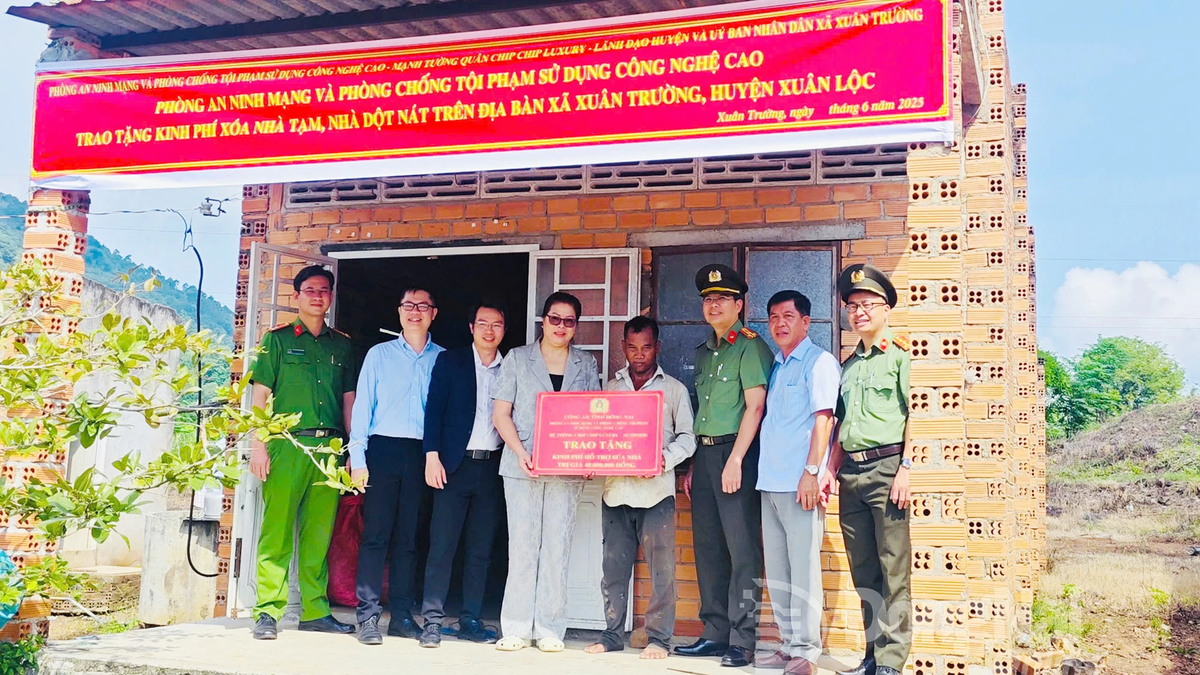























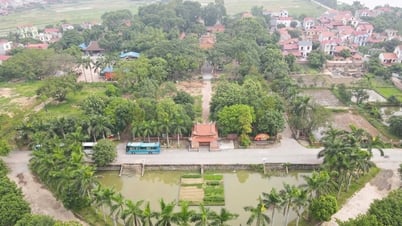



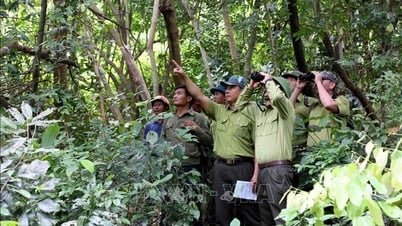





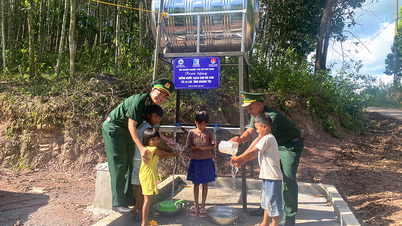





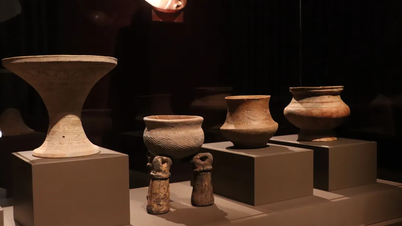

![[Maritime News] More than 80% of global container shipping capacity is in the hands of MSC and major shipping alliances](https://vphoto.vietnam.vn/thumb/402x226/vietnam/resource/IMAGE/2025/7/16/6b4d586c984b4cbf8c5680352b9eaeb0)





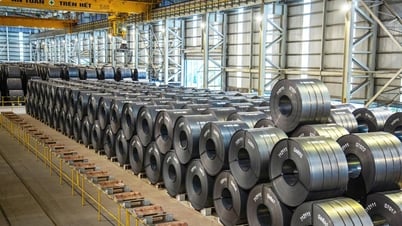
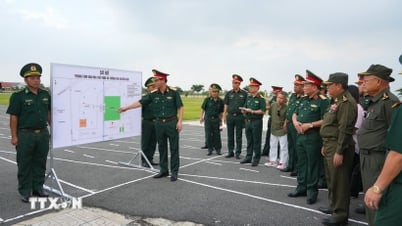






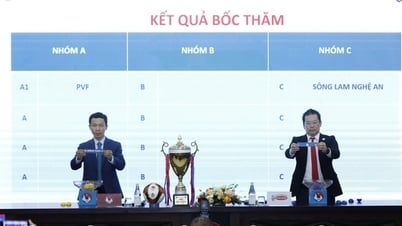

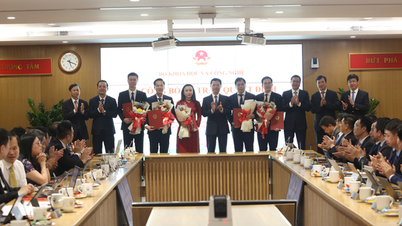


























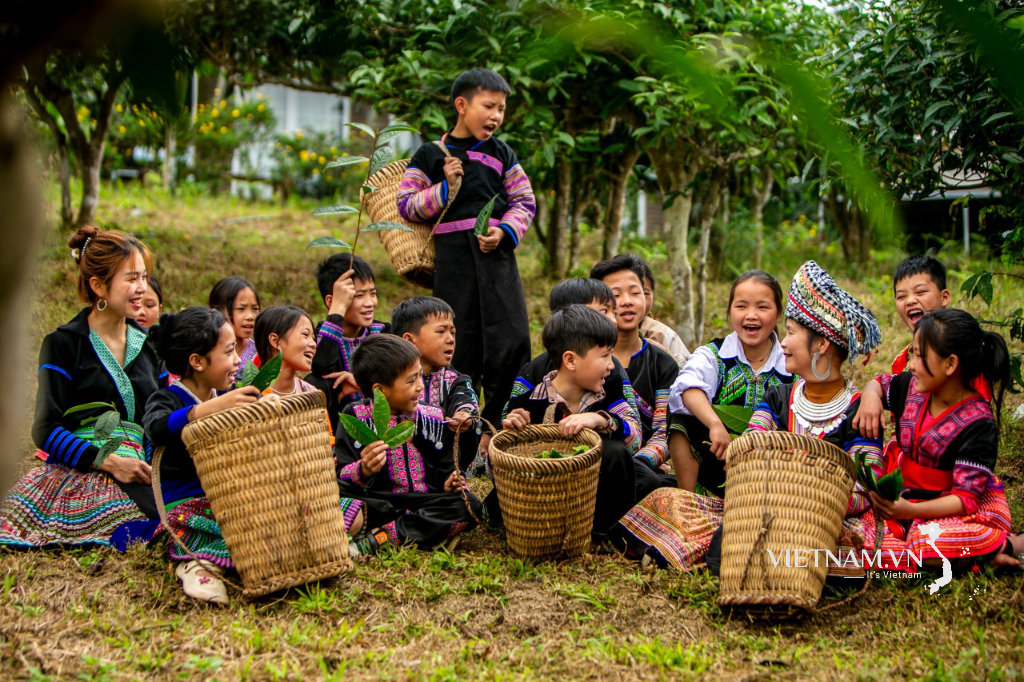

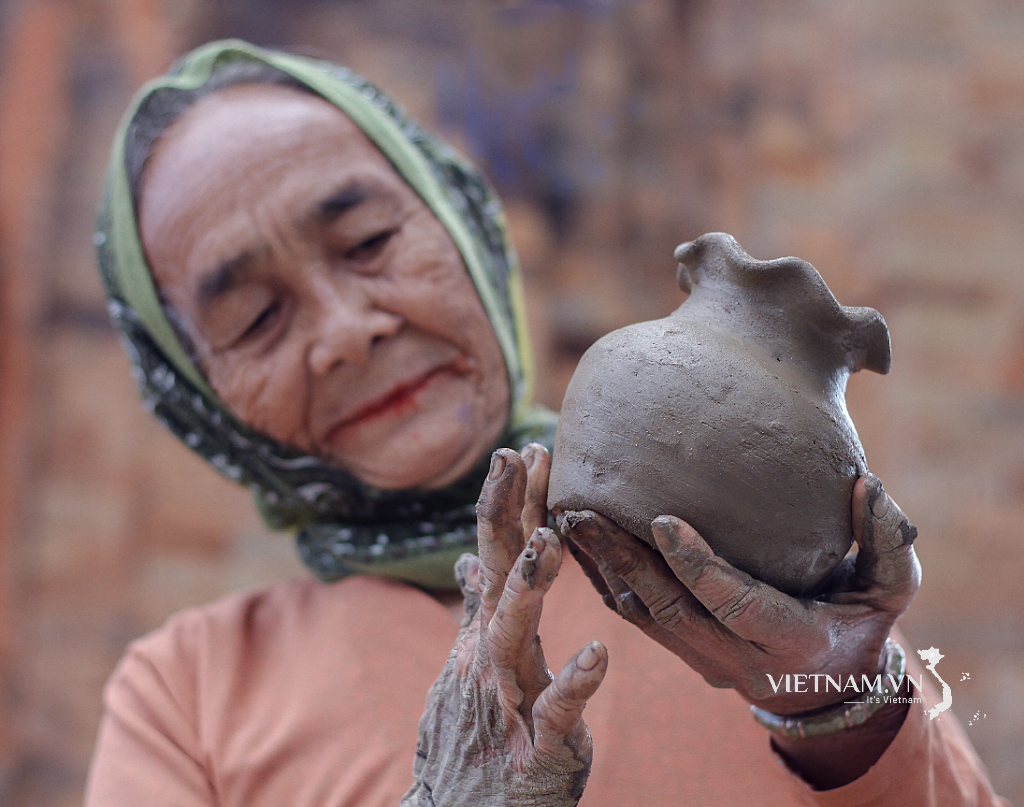
Comment (0)